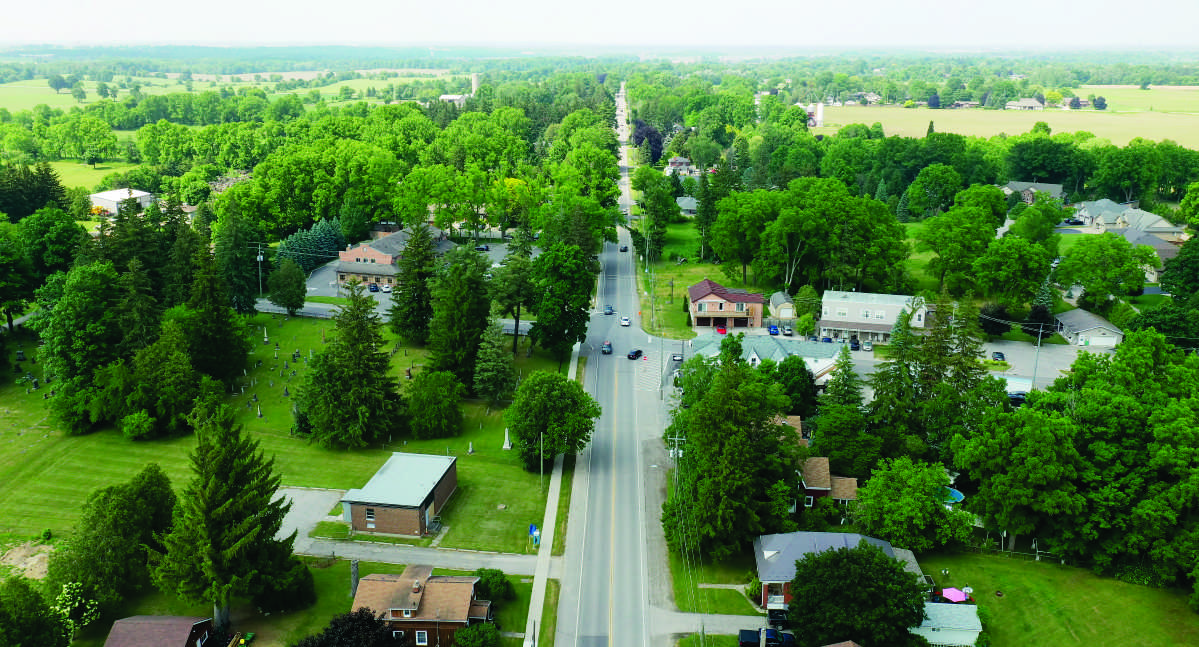
In sprawling communities, where fixed bus routes struggle to meet the needs of residents, on-demand transportation—also known as microtransit—offers a promising solution. Inspired by rideshare services like Uber and Lyft, microtransit combines technology with traditional transit to create a more flexible and convenient system. Let’s explore how this approach can bridge the gaps in rural public transportation.
The Microtransit Model
Microtransit allows passengers to request rides via mobile apps or phone calls. Small vans or shuttles pick them up and drop them off within a designated service boundary. Unlike infrequent fixed routes, microtransit adapts to rider demand, providing quicker service and greater convenience.
Benefits for Rural Communities
Improved Accessibility: Microtransit reaches areas that lack traditional transit options, connecting remote communities with essential services, education, and employment opportunities. In rural communities, where fixed bus routes often fall short, on-demand transportation fills critical gaps. By providing flexible services, microtransit ensures that residents in remote areas can access essential destinations such as healthcare facilities, schools, and job centers. For instance, a study conducted by the American Public Transportation Association (APTA) found that microtransit services increased accessibility by 30% in underserved rural regions. This boost in accessibility translates to improved quality of life for residents who would otherwise struggle to reach vital services.
Cost-Effective: By replacing poorly performing bus routes or augmenting existing services, microtransit helps transit agencies allocate resources more efficiently. Microtransit offers a cost-efficient alternative to maintaining underutilized fixed bus routes. Traditional buses often run with low occupancy, require CDL operators, and cost more to maintain, all of which waste resources and taxpayer dollars. In contrast, microtransit can operate with smaller, less costly to maintain vehicles and optimizes routes based on real-time demand, resulting in better resource allocation. According to a report by the Transit Cooperative Research Program (TCRP), agencies that implemented microtransit experienced an average cost reduction of 20% compared to traditional fixed-route services. These savings allow transit agencies to allocate funds more effectively and enhance overall service quality.
Tailored Solutions: Microtransit can be customized to meet the unique needs of rural residents, enhancing mobility while reducing emissions. Customization lies at the heart of microtransit’s success. Unlike rigid fixed routes, microtransit adapts to the unique needs of rural communities. Transit agencies can tailor service hours, coverage areas, and vehicle types to match local demand. For example, a study published in the Journal of Transport Geography found that rural microtransit services reduced travel time by 15% compared to fixed routes, thanks to personalized pick-up and drop-off points. By offering tailored solutions, microtransit ensures that rural residents receive efficient and convenient transportation options.
As rural areas grapple with transportation deficits, on-demand solutions offer a lifeline. By embracing microtransit, and using technology like TransLoc’s OnDemand solution, public transit agencies can create a more responsive, accessible, and sustainable system for all.
Click here to connect with a member of our team who can tell you more about TransLoc OnDemand.